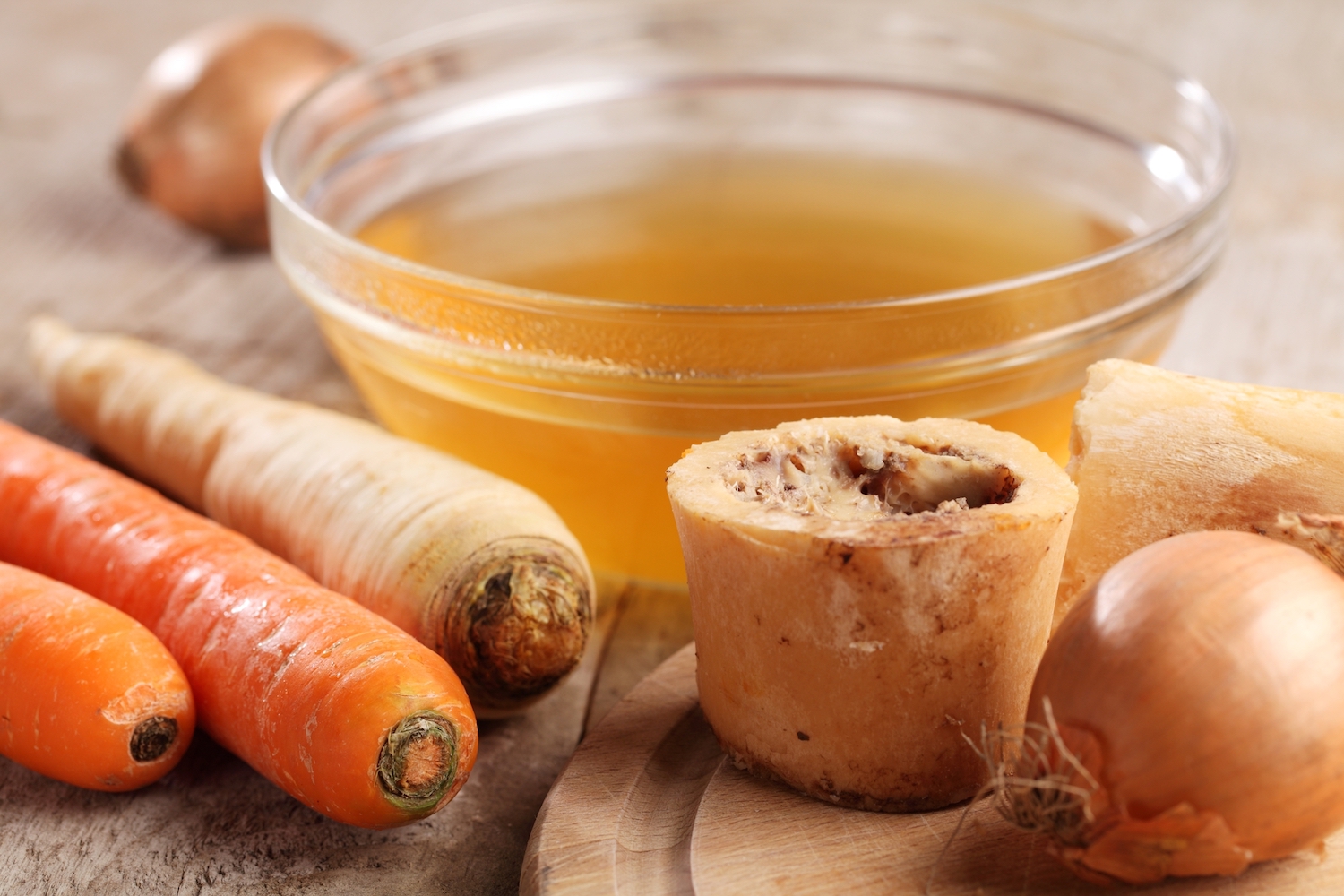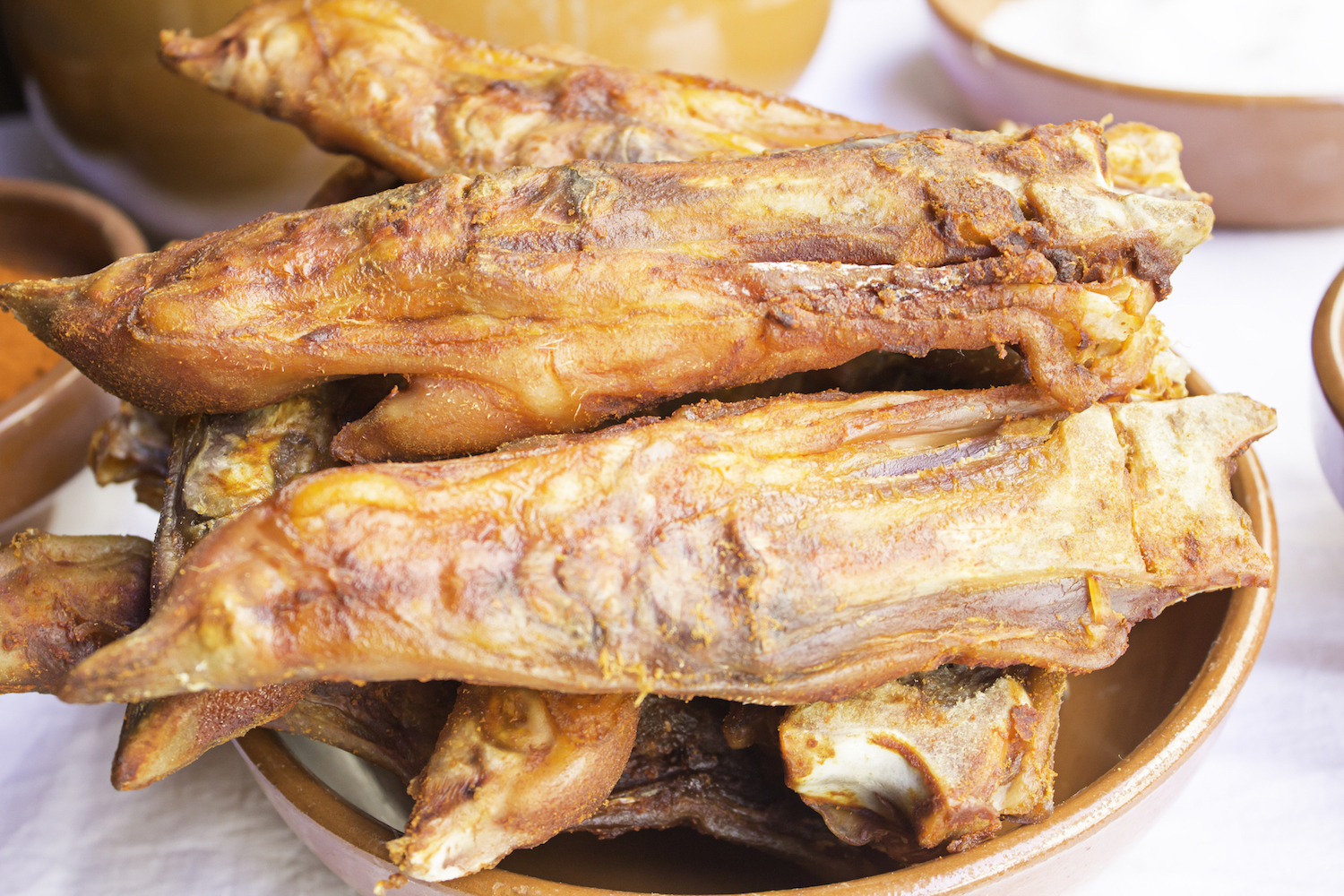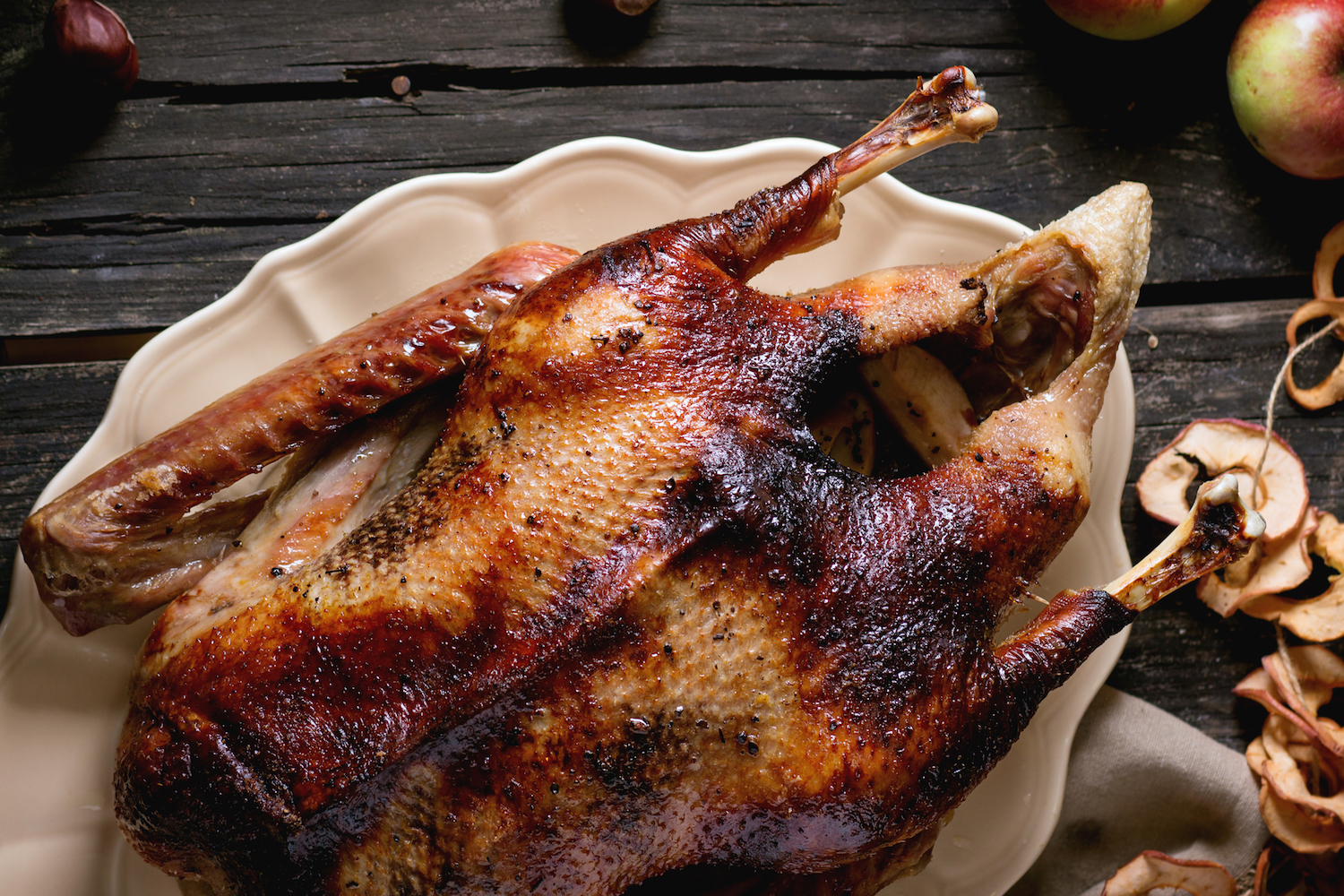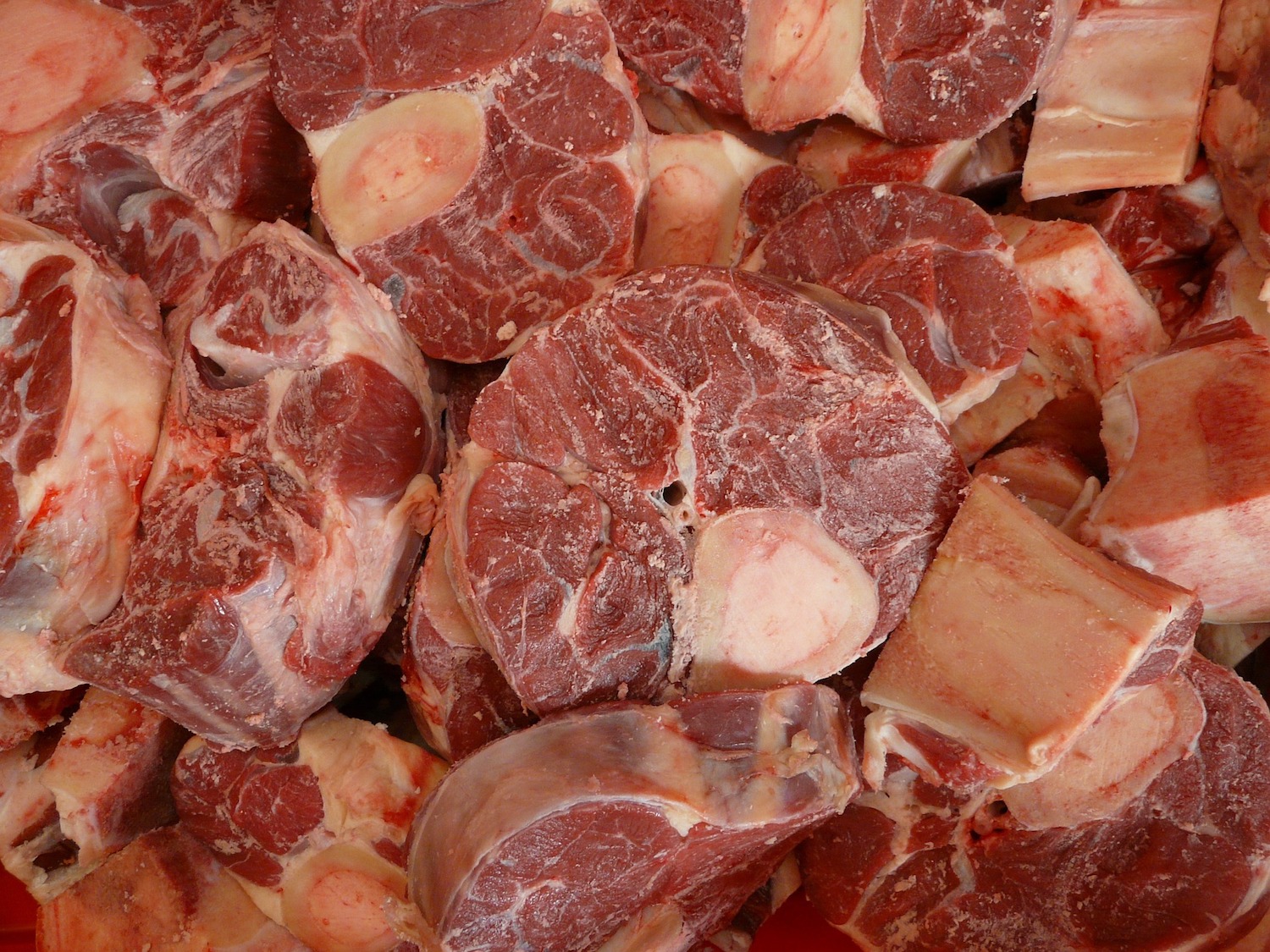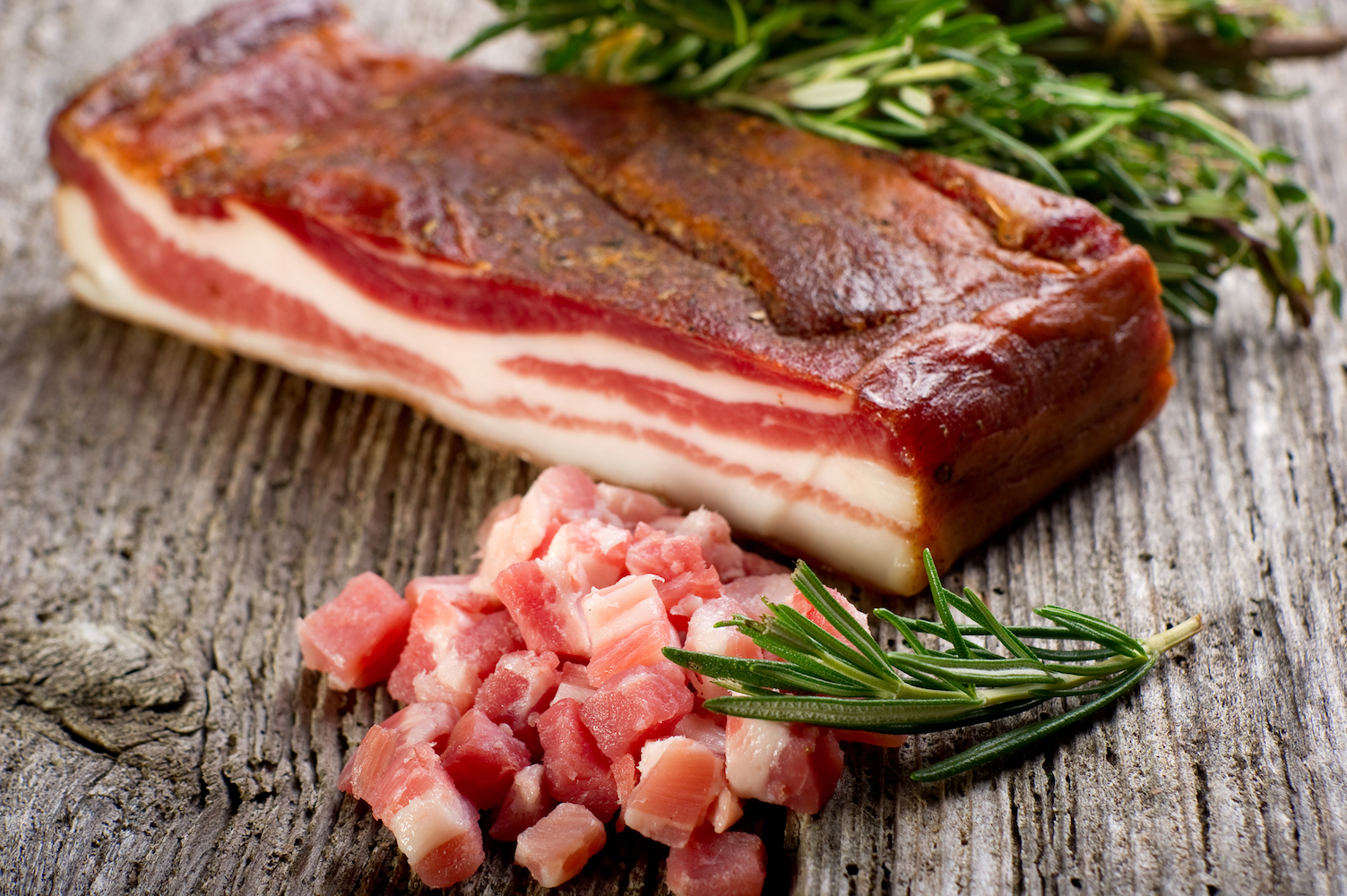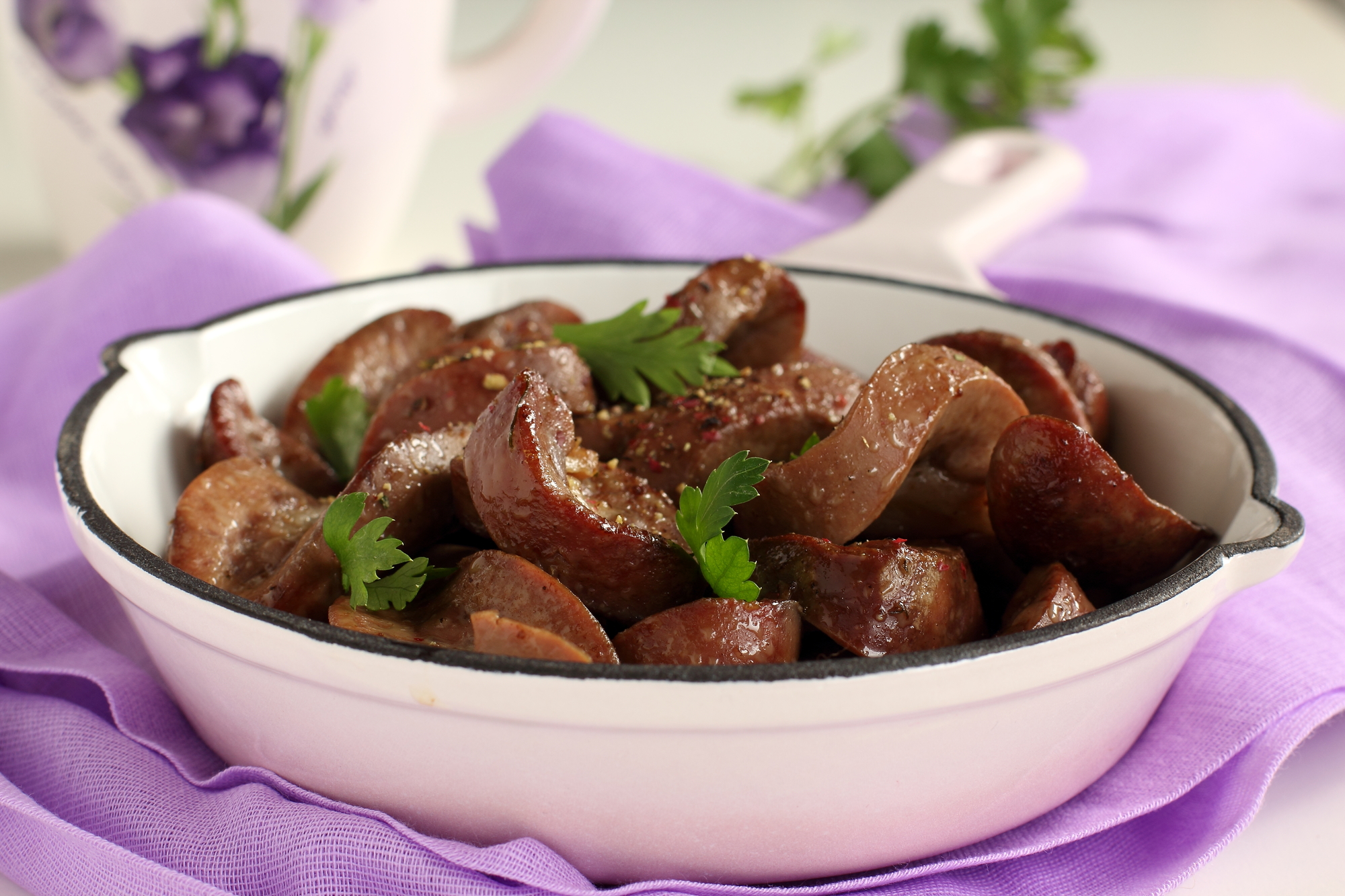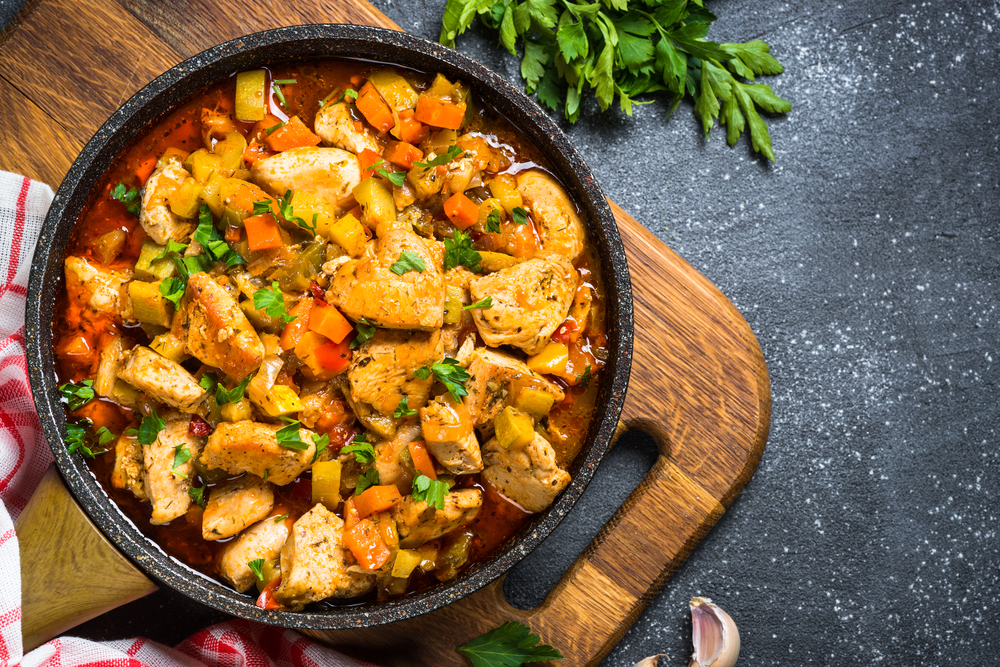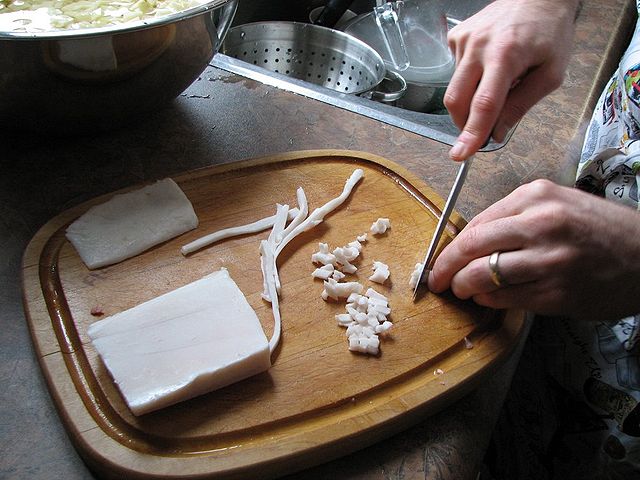How to Make Soup Stock
So many recipes from 1800s cookbooks call for soup stock and all good cooks kept a supply on hand. INFORMATION BELOW FROM 1800s COOKBOOKS MEANING AND USE OF STOCK Soup stock may be regarded as a liquid containing the juices and soluble parts of meat, bone, and vegetables, which have been extracted by long, slow cooking and which can be utilized in the making of soups, sauces, and gravies. Keep stock in small jars in a cool place. It makes…
